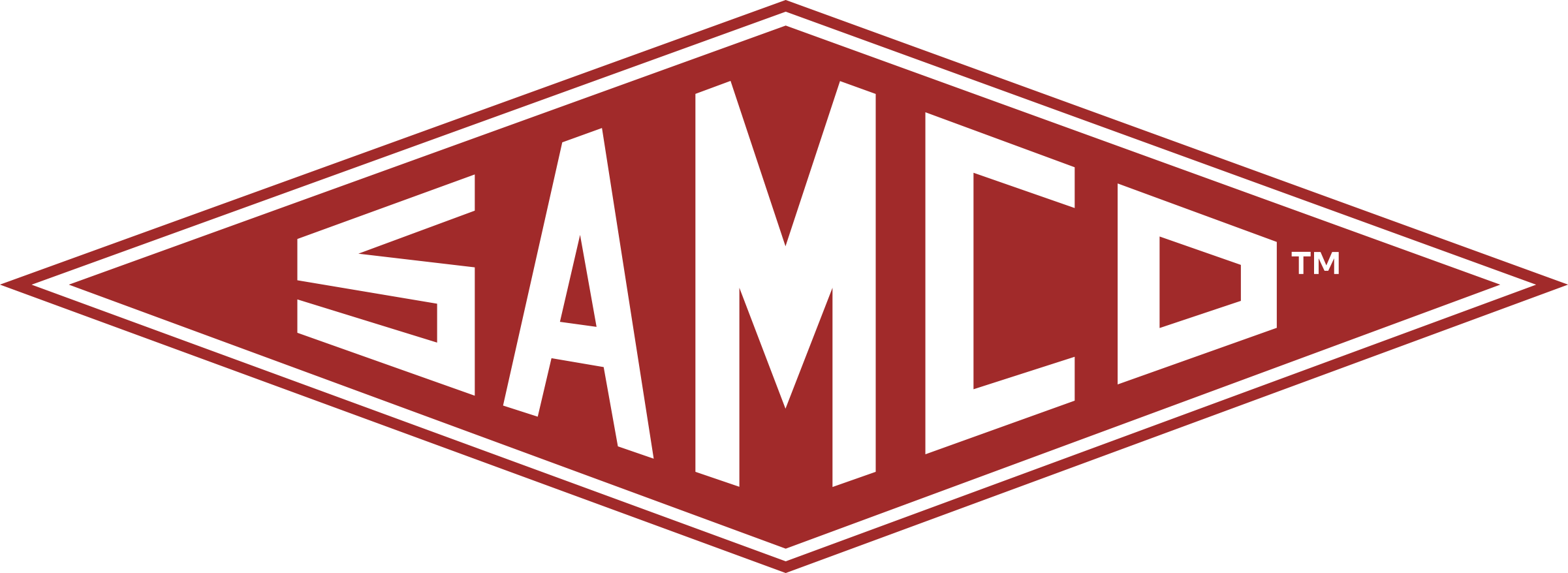
The Importance of Proper Cooling for Compressor Cylinders
The article discusses the types of compressor cylinders and the different cooling systems available to regulate the heat generated during operation, emphasizing the significance of appropriate cooling for optimal compressor performance.
Due to the nearly constant operation of compressors, it is unsurprising that cylinders reach high temperatures due to generating lots of heat. It is essential to curtail this heat generation before it gets out of hand. This is why cooling systems were invented to help control extremely high temperatures.
This article will teach you the importance of appropriate cooling for compressor cylinders.
Compressor Cylinders: What Are They?
Reciprocating compressors often generate lots of heat during their working cycle. This is due to the friction of moving components and compression transformation. The heat generated by this operation can significantly increase the gas discharge temperature, resulting in considerable volumetric efficiency reduction.
This is why cooling systems – using compressor cylinders – are employed to help ensure no excess heat is generated by the functional reciprocating compressor.
Compressor cylinders are pressure vessels designed to hold gas during a compression cycle. Single-acting compressors compress gas in only one direction of piston travel; they can be a crank end or head end.
But double-acting cylinders can compress gas in both directions of piston travel. A significant number of them capitalize on double-acting cylinders.
On that note, here’s what you need to know about cooling and compressor cylinders.
- Cooling Systems Are a Must-Have for Compressors
When power travels through a reciprocating compressor, it is automatically converted to heat, especially during compression. But this heat must be removed from the compressor via a cooling system as soon as possible. Some of the reasons for this include the following:
- To prevent various compressor components and the compressed air from reaching excessively high temperatures
- To boost the overall efficiency of multi-stage compressors. This is done via a significant increase in air density between different compression stages.
Therefore, cylinders get cooled by allowing seawater or freshwater through them. The water takes up the excess heat generated by the compressor cylinders and circulates via the cooling water passages within the cylinder block. This shows how crucial cooling systems are for properly functioning compressors.
Types of Compressor Cylinders
Compressor cylinders are available in different types. But they are mostly described by the absence or presence of cooling water jackets that help facilitate their overall functions.
Here are the most important cylinders you should know:
Non-Water-Cooled Compressor Cylinders
Non-water-cooled – or non-cooled – compressor cylinders operate without cooling water jackets. These compressor cylinders have operated over the last 30 years, guaranteeing the success of a wide range of natural gas compression applications.
This type of compressor cylinder has several benefits you should know. The most significant benefits are tied to their simplified designs, giving rise to minimized costs during set-up.
Non-cooled compressor cylinder design also showcases lower initial system costs due to reductions within the cooling water system, enhanced valve accessibility, and reduced weight.
Nevertheless, notwithstanding the considerable advantages of non-cooled compressor cylinders, a few compressors still require liquid coolants for maximum operability.
Water-Cooled Compressor Cylinders
When reciprocating compressors work, heat is often generated due to friction and gas compression. Conventional compressor cylinders equipped with cooling water jackets minimize or dissipate heat.
These water-cooled compressor cylinders assist in the uniform distribution of the heat generated by reciprocating compressors. The benefits of this development are enormous. Some of these advantages include the following:
- Prolonged lifespan of components
- Minimized suction gas preheat
- Reduced maintenance procedures
- Cylinder lubrication
This is why water-cooled cylinders are still used extensively today in many industries.
Forced Coolant Systems
Forced coolant systems rely heavily on water and glycol as the most common options for natural gas reciprocating compressors. This system combines compressor frame lube oil cooling and compressor cylinder cooling system.
A single pump facilitates the circulation of the coolant through the lube oil heat exchanger and cylinders. The coolant is eventually sent to an aerial cooler for immediate heat dissipation.
However, making use of forced coolant systems require extreme caution. The right coolant temperature must be provided for maximum advantage. The right temperature refers to the coolant temperature being less than 30 degrees Fahrenheit, slightly above the suction gas.
If the cylinder is too hot, there will be a considerable loss in gas throughput capacity due to gas heating and expansion. On the other hand, if the cylinder is too cool, the suction gas stream will be condensed to liquid form.
Liquid Coolants Systems
A mixture of water and glycol fills cooling jackets within static systems. The primary aim is to ensure a uniform heat distribution in the cylinder. Similarly, this system may also be adopted where the discharge temperature and atmospheric temperature of the gas are less than 190 degrees Fahrenheit and 150 degrees Fahrenheit, respectively.
What Factors Determine the Size and Type of Cooler Used for Compressor Cylinders?
Several factors determine the type of cooler used within a compressor and cylinder size. But the #1 factor is the amount of heat that must be eliminated from the oil absorbing the heat. This is known as heat load or heat rejection.
The frame oil heat load requirements vary in ambient conditions, compressor speed, and size.
The cooling water supplied to the cooler should be clean and laced with antifreeze additives. The primary goal is to offer maximum service intervals during operation. Regulating the flow of cooler water is also essential, ensuring the minimum oil temperature maintenance at 130 degrees Fahrenheit.
Conclusion
As you can see, the importance of using appropriate cooling for compressor cylinders cannot be overstated. Compressor cylinders require proper cooling occasionally to ensure adequate operation of the compressor components, especially when considering the heat these machines generate.
Moreover, several processes are involved in cooling processes to ensure the compressed air doesn’t have extremely high temperatures.
